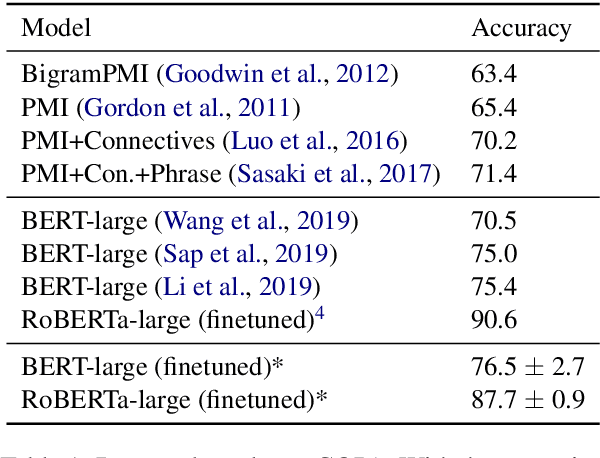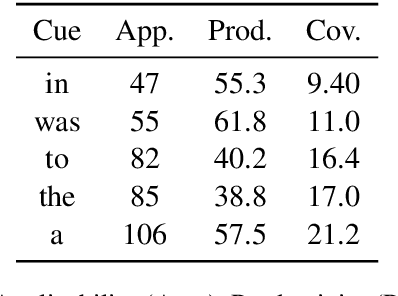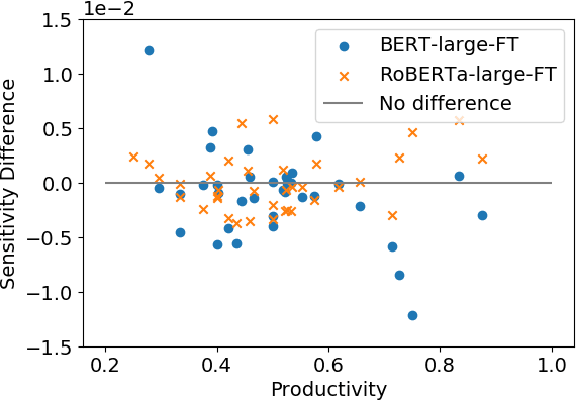When Choosing Plausible Alternatives, Clever Hans can be Clever
Paper and Code
Nov 01, 2019



Pretrained language models, such as BERT and RoBERTa, have shown large improvements in the commonsense reasoning benchmark COPA. However, recent work found that many improvements in benchmarks of natural language understanding are not due to models learning the task, but due to their increasing ability to exploit superficial cues, such as tokens that occur more often in the correct answer than the wrong one. Are BERT's and RoBERTa's good performance on COPA also caused by this? We find superficial cues in COPA, as well as evidence that BERT exploits these cues. To remedy this problem, we introduce Balanced COPA, an extension of COPA that does not suffer from easy-to-exploit single token cues. We analyze BERT's and RoBERTa's performance on original and Balanced COPA, finding that BERT relies on superficial cues when they are present, but still achieves comparable performance once they are made ineffective, suggesting that BERT learns the task to a certain degree when forced to. In contrast, RoBERTa does not appear to rely on superficial cues.
 Add to Chrome
Add to Chrome Add to Firefox
Add to Firefox Add to Edge
Add to Edge